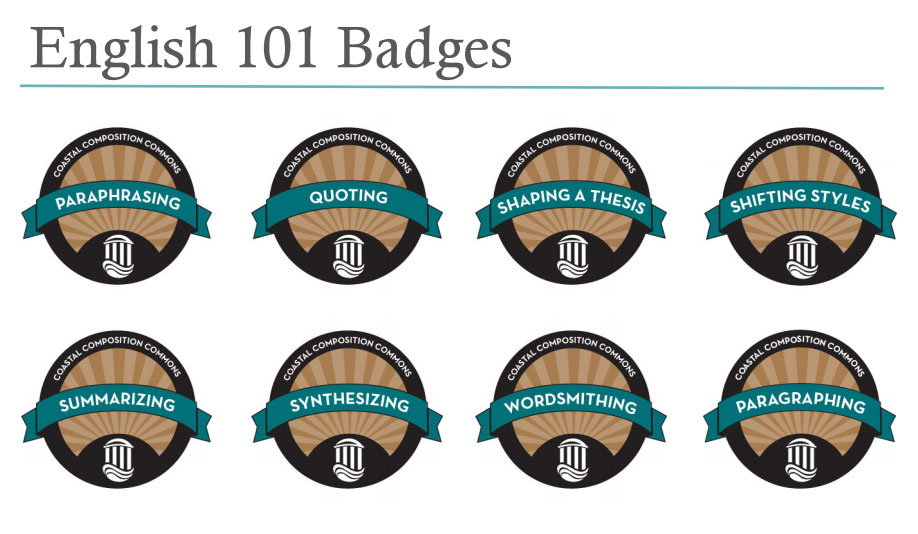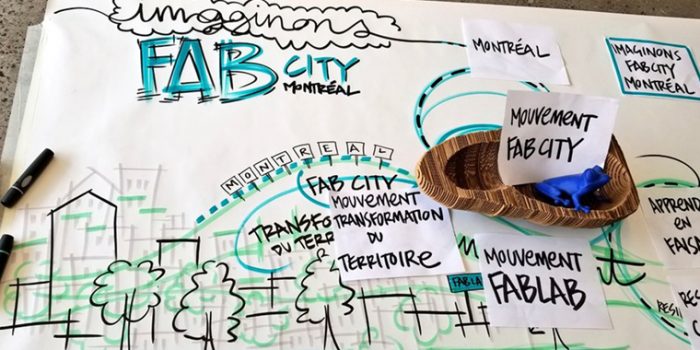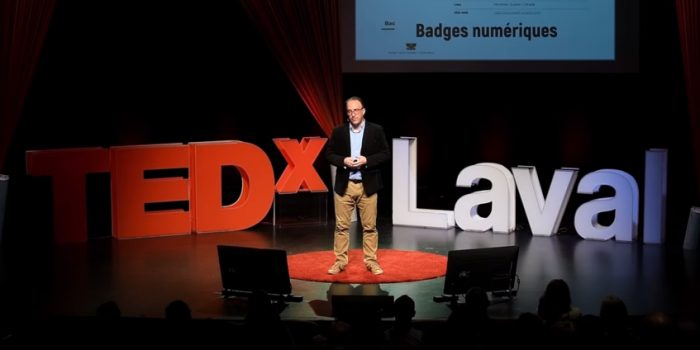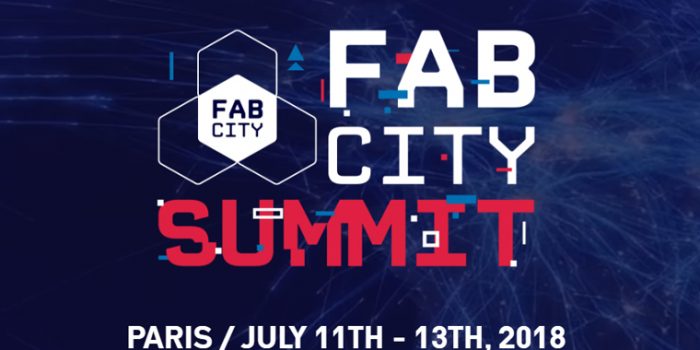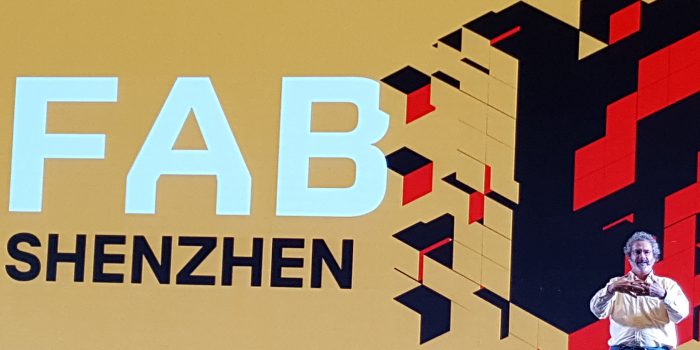Chaque semaine, une équipe de OpenBadges chez Mozilla et de Badge Alliance anime une conférence téléphonique via Internet pour suivre l’évolution du mouvement, des acteurs et des présentations.
Vous avez les traces de la conférence http://etherpad.badgealliance.org/CC15_April8, des discussions et de la présentation.
Les participants de cette semaine
- Carla Casilli / @carlacasilli
- Christine Capota / @ChristineCapota / christine.capota@bos.frb.org @bos.frb.org
- Don Presant / @donpresant
- Meredith Summs / @meredithsumms
- Serge Ravet / @szerge
- Megan Cole / @megcolek
- Alan Reid / @alanjreidphd
- Sunny / @soletelee
- Sarah Stoeckl, @sarah_stoeckl
- Geoffroi Garon / @geoffroigaron
- Kyle Peck / @kylepeck
- Kerri Lemoie / @kayaelle
- Peter McAliney
- Brett Herzog
- Reem Yared
La présentation de la rencontre
Coastal Carolina Badging Program
de Alan Reid
Voici un exemple d’implantation d’un système de badge numérique dans une université. Ils l’ont implanté dans un programme d’écriture anglaise (English 101 et 102). Ils ont par la suite offert l’accès à la plateforme aux autres facultés. Pour la motivation des étudiants, le badge numérique a été « the magic bullet ». Peu d’entre eux ont partagé leur badge à l’extérieur de l’Université. Lien vers la présentation en PDF.
« Background: Last year, I developed and launched an online program (http://ccc.coastal.edu/) in which students earn performance-based digital badges in their first-year writing courses (English 101 and 102). We were able to successfully convince the college to recognize badges as a legitimate credit hour. Now, the ENGL courses that were traditionally 3 credit hours have become 4 credit hour courses, with the fourth hour defined as students’ demonstrated ability to earn the digital badges (each badge takes students roughly 1-1.5 hours to complete). Obviously, this had a large impact on the rest of the university, shifting entire programmatic curriculums, as well as affecting financial aid and tuition schedules. We began the program last August, and so far, we have had an overwhelmingly positive response.
Initially, our rationale for implementing badges was to offer a consistent pedagogical approach to the student learning outcomes across the 122 sections of ENGL 101/102 (taught by 63 different full and part-time faculty members). Beyond this, however, we have seen a more quantifiable and performance-based assessment of student learning compared to previous semesters. Faculty seem to be more engaged and aware of the SLOs, and students view the program favorably. We also observed an increase in intrinsic motivation for some learners. »

